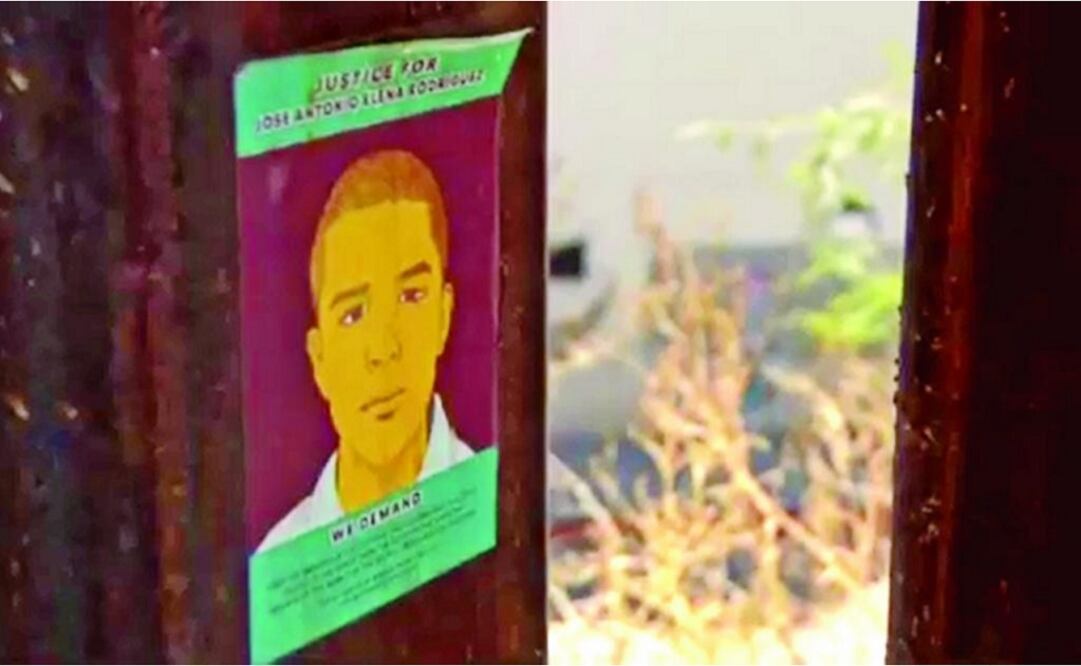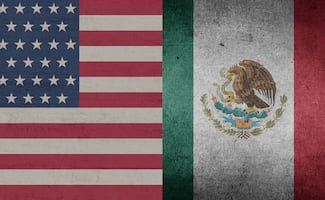By Carolina Rocha Menocal
"It is not fair that U.S. officers kill Mexican children and do not face justice. I feel that if I lost the case, it would be a mockery of our country," said Araceli Rodríguez, whose 16-year-old son José Antonio Elena was killed in October 2012 near the wall that divides the cities of Nogales, Sonora and Nogales, Arizona.
Lonnie Swartz, the Border Patrol agent who killed him, shot him nine times on the back and the head from U.S. territory. Sixteen shots crossed the border.
José Antonio is the sixth victim killed in Mexico by a Border Patrol agent, along with Sergio Adrián Hernández (15) from Ciudad Juárez, Chihuahua; Ramsés Barrón Torres (17) killed in Nogales, Sonora; José Alfredo Reyes Yáñez (40), killed in Tijuana, Baja California; Juan Pablo Santillán (30), killed in Matamoros, Tamaulipas and Guillermo Arévalo Pedroza (36), killed in Nuevo Laredo, Tamaulipas.
No agent was sentenced in these cases. Swartz will be trialed on November 7 in Tucson, Arizona.
"We have an Old West atmosphere here on the border," said Richard Boren, founder of the Border Patrol Victims Network, an Arizona NGO that fights excessive use of force by immigration authorities. "Anyone here on the border can be shot at and killed by the Border Patrol and we can not expect any justice," he decried.
Since the 9/11 attacks the number of U.S. Border Patrol agents doubled from 9,800 in 2000 to 20,183 at the end of 2015. The hiring has been accompanied by an increase in the incidents of use of force (5,131 cases between 2011 and 2015).
Border Patrol agents "require 54 days of training only and they are given a weapon," said Luis Fernando Parra, attorney in charge of José Antonio's case.
Since 2010, more than 40 people have been killed by Border Patrol agents. In more than half of the cases, they argued that they defended themselves against attacks with stones, as it happened in José Antonio's case.
When asked about the proportionality of the use of force between rocks and bullets, Vicente Paco, Border Patrol Tucson Sector spokesman, said: "I do not get stones to enforce the law. I am given these tools that I bear in my belt," Paco said as he pointed to his gun.
"There are eight meters from the International Street and eight more meters to the border fence, approximately 16 meters high," Parra explained. Imagining the 16-year-old boy throwing stones over those 16 meters and intimidating a trained U.S. agent makes no sense.
Noticias según tus intereses
[Publicidad]
[Publicidad]














